Removing a large bathroom mirror can seem daunting if you’re tackling a home renovation project or simply updating your bathroom. Mirrors, especially oversized ones like a 72 x 36 bathroom mirror, are heavy and delicate and usually adhered to the wall in ways that make removal tricky. Whether replacing your old mirror with a new one or updating the bathroom layout, this guide will walk you through the process safely and efficiently.
Why Removing a Large Bathroom Mirror Requires Care
When dealing with large mirrors, such as the 72 x 36 bathroom mirror, it's crucial to prioritize safety. Large mirrors are often held in place by solid adhesives, clips, or brackets, and removing them without the right approach could lead to dangerous situations. Shattered glass from mishandled mirrors can cause injury, so following the correct procedures and tools is critical to successful and safe mirror removal.
Tools You’ll Need
Before you begin removing your large bathroom mirror, gather the necessary tools. Having everything on hand will help make the process smoother and faster. Here’s a list of essential items:
-
Safety goggles
-
Heavy-duty gloves
-
Pry bar or crowbar
-
Painter’s tape or duct tape
-
Putty knife
-
Flathead screwdriver
-
Utility knife
-
Heat gun or hair dryer (optional)
-
Drop cloth or blankets
-
A friend or helper
Step-by-Step Process for Removing a 72 x 36 Bathroom Mirror
Prepare the Area
Start by preparing the area around your 72 x 36 bathroom mirror. Clear off your vanity, countertops, and nearby shelves to avoid any objects getting in the way or being damaged during the removal. Lay down a drop cloth or blanket under the mirror to catch debris or provide padding if the mirror falls unexpectedly.
Wear Protective Gear
Safety should be your top priority. Large mirrors are heavy and fragile, so wear safety goggles to protect your eyes and heavy-duty gloves to protect your hands. Always work cautiously, ensuring proper protection in case the mirror shatters.
Tape the Mirror Surface
Using painter’s or duct tape, cover the entire mirror surface in an “X” pattern or create a grid. This step is crucial because, if the mirror shatters, the tape will hold the shards together and prevent them from scattering across the room, reducing the risk of injury.
Loosen the Edges
Depending on how your 72 x 36 bathroom mirror is attached, you’ll need to start loosening it from the edges. First, inspect the mirror to see if it’s held in place with clips, brackets, or adhesive.
-
For mirrors with clips: Use a flathead screwdriver to remove the screws or loosen the clips holding the mirror. Some clips are designed to slide off once the screws are loosened. Be gentle to avoid cracking the glass.
-
For adhesive-backed mirrors: Use a putty knife or utility knife to cut the adhesive along the edges carefully. In cases where the adhesive is powerful, heating the area with a hair dryer or heat gun can soften the glue and make it easier to pry the mirror away.
Pry the Mirror Off the Wall

Once you’ve loosened the edges, it’s time to pry the mirror off the wall carefully. Insert a pry bar or crowbar behind the mirror when the adhesive has been weakened. Work slowly and cautiously, applying gentle pressure to avoid cracking the glass.
If your mirror is adhered to the wall with strong adhesive, try prying small sections at a time, moving gradually across the mirror. It may take some effort to fully detach the mirror from the wall, especially if it has been in place for a long time.
Have a Helper Assist with Large Mirrors
For oversized mirrors like the 72 x 36 bathroom mirror, it’s essential to have someone assist you during removal. As the mirror becomes loose, it must be supported from both ends to avoid breaking under its weight. Please work with your helper to slowly and safely remove the mirror from the wall and lay it on a padded surface.
Inspect the Wall
Once the mirror is safely removed, inspect the wall behind it. You may find adhesive residue, holes from screws or brackets, or damaged drywall. Use a putty knife to scrape off any remaining adhesive, and consider patching holes or dents with spackle or drywall compound before repainting or installing a new mirror.
Dealing with Adhesive Residue
After removing a mirror, especially a large one like the 72 x 36 bathroom mirror, you may notice adhesive residue left on the wall. Here are some methods to remove it:
-
Heat Method: Use a heat gun or hair dryer to soften the adhesive, making it easier to scrape off with a putty knife.
-
Adhesive Remover: Apply a commercial adhesive remover to dissolve the sticky residue. Follow the manufacturer’s instructions for safe application.
-
Rubbing Alcohol: In some cases, rubbing alcohol or vinegar can help break down adhesive for easy removal.
Tips for Reinstalling a New Mirror
If you're planning to replace your old mirror with a new one, consider a few things:
-
Measure the Space: Ensure your new mirror fits appropriately in the designated area. For large mirrors like a 72 x 36 bathroom mirror, precise measurements are crucial to avoiding any complications during installation.
-
Use Proper Mounting Hardware: Choose the correct mounting hardware for the weight and size of your new mirror. For heavy mirrors, wall anchors or mounting brackets may be necessary for extra support.
-
Enlist Help: Large mirrors are best installed with the help of another person. Ensure the mirror is securely and evenly mounted to avoid any future issues.
Safety Considerations
Although tempting to rush, it is always crucial to go at a snail's pace and be very careful when removing a large bathroom mirror. Large and heavy mirrors can fall, causing serious damage; besides, shards of glass are dangerous for everyone around. Ensure you are correctly fitted with the right tools and protective gear before starting your task.
Final Thoughts
Removing a 72 x 36 bathroom mirror requires careful preparation and attention to safety. With the right tools, protective gear, and a helper, you can safely remove your large mirror and make way for your next bathroom upgrade. By following this step-by-step guide, you’ll be able to tackle the job confidently and avoid common pitfalls, such as cracking the glass or damaging the wall.


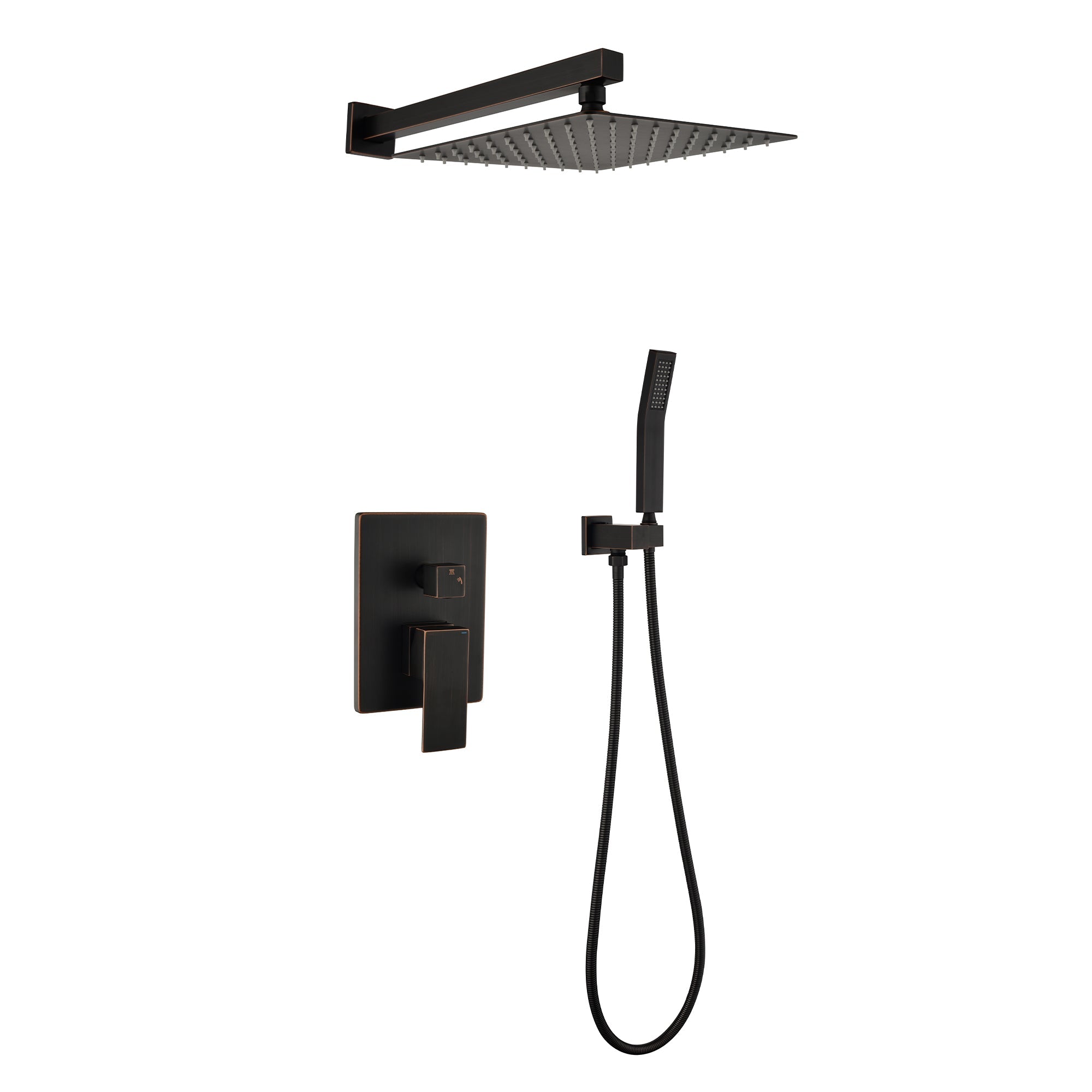



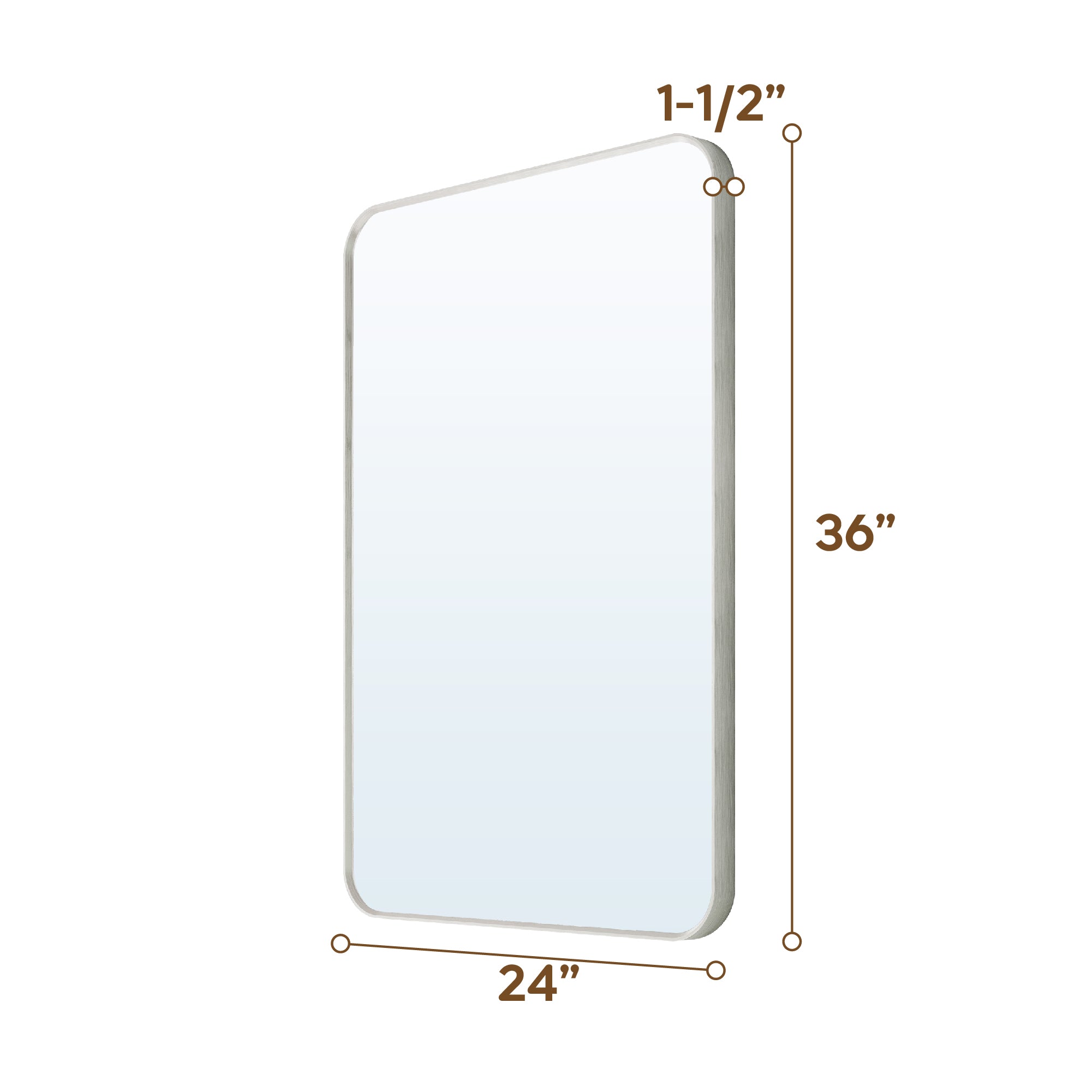
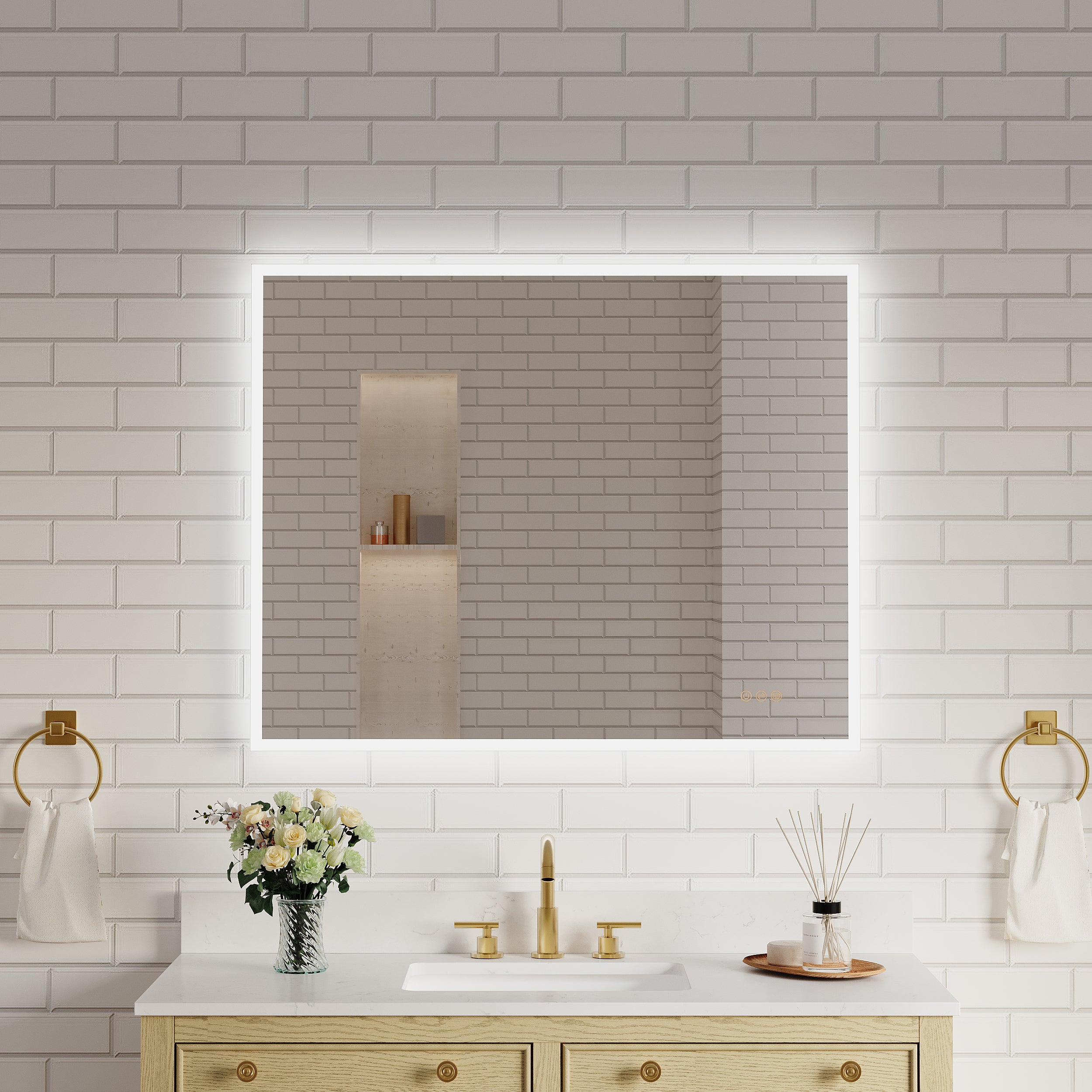
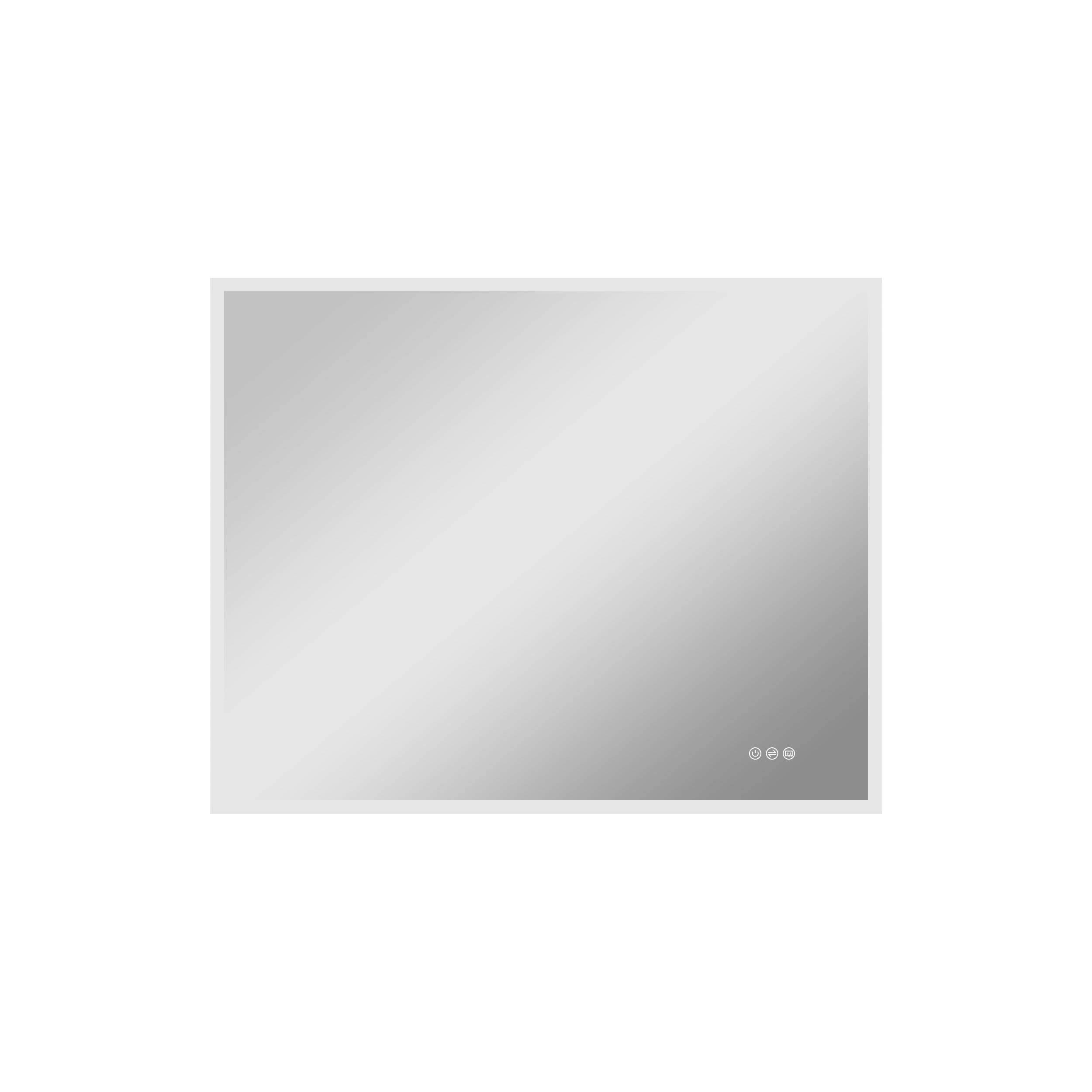




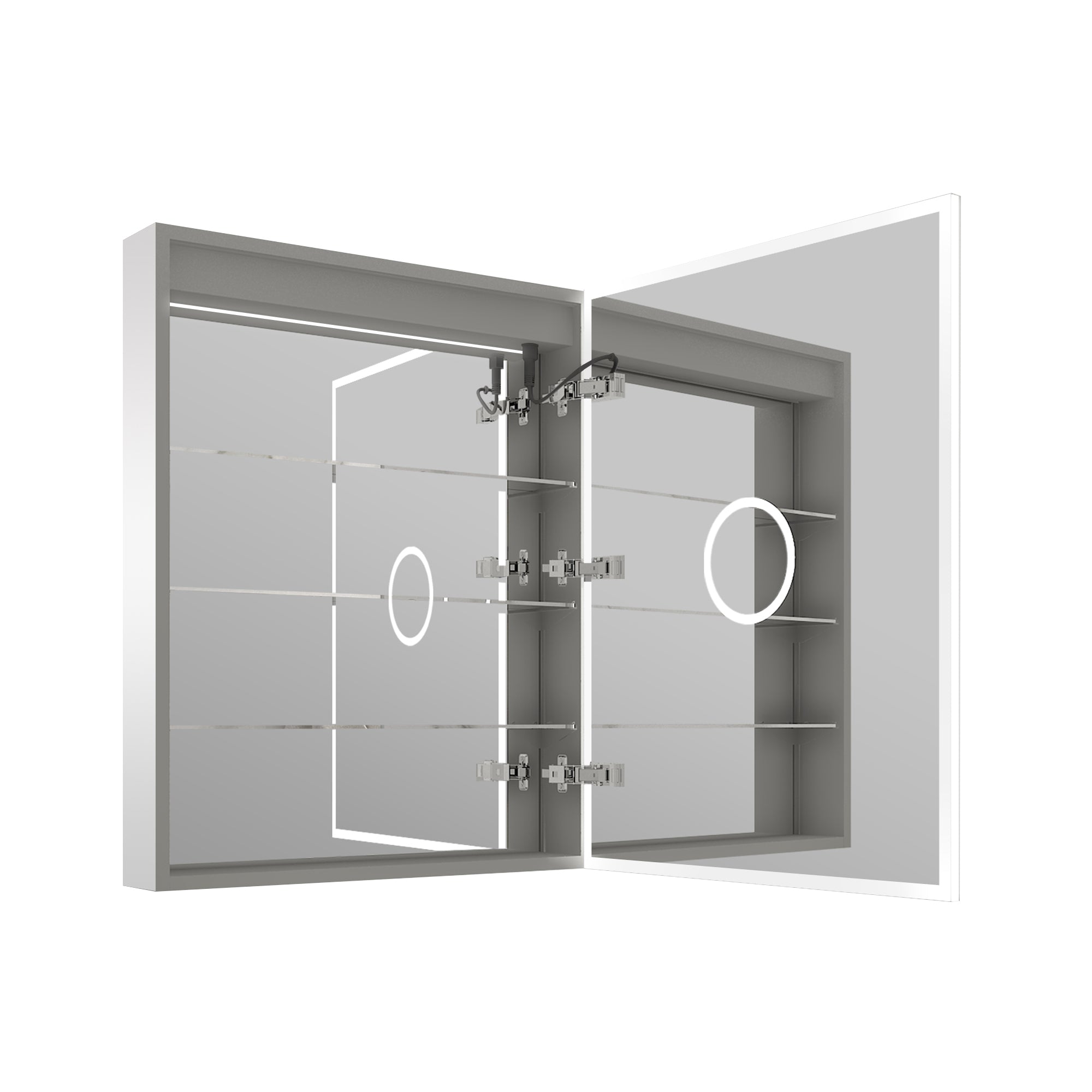
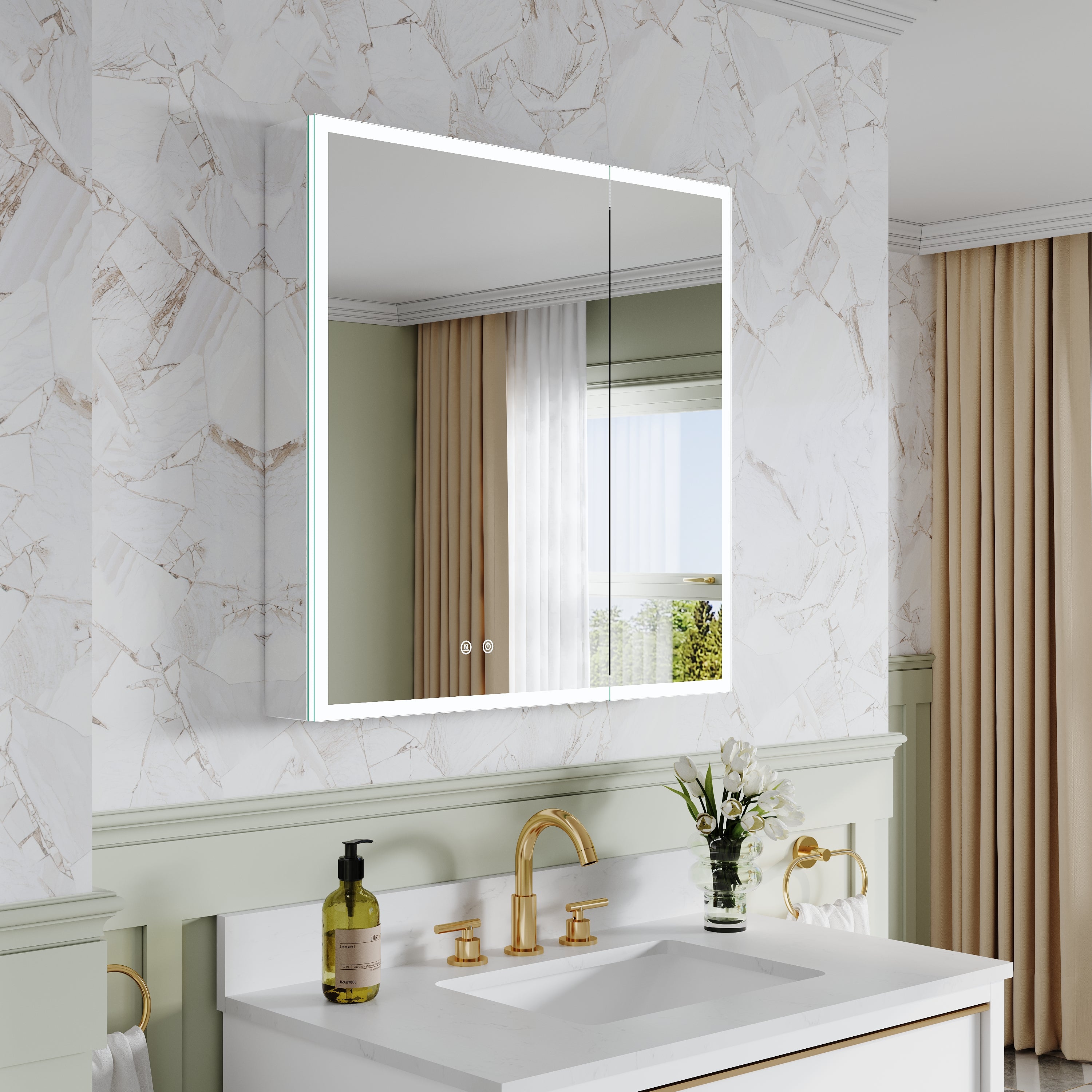



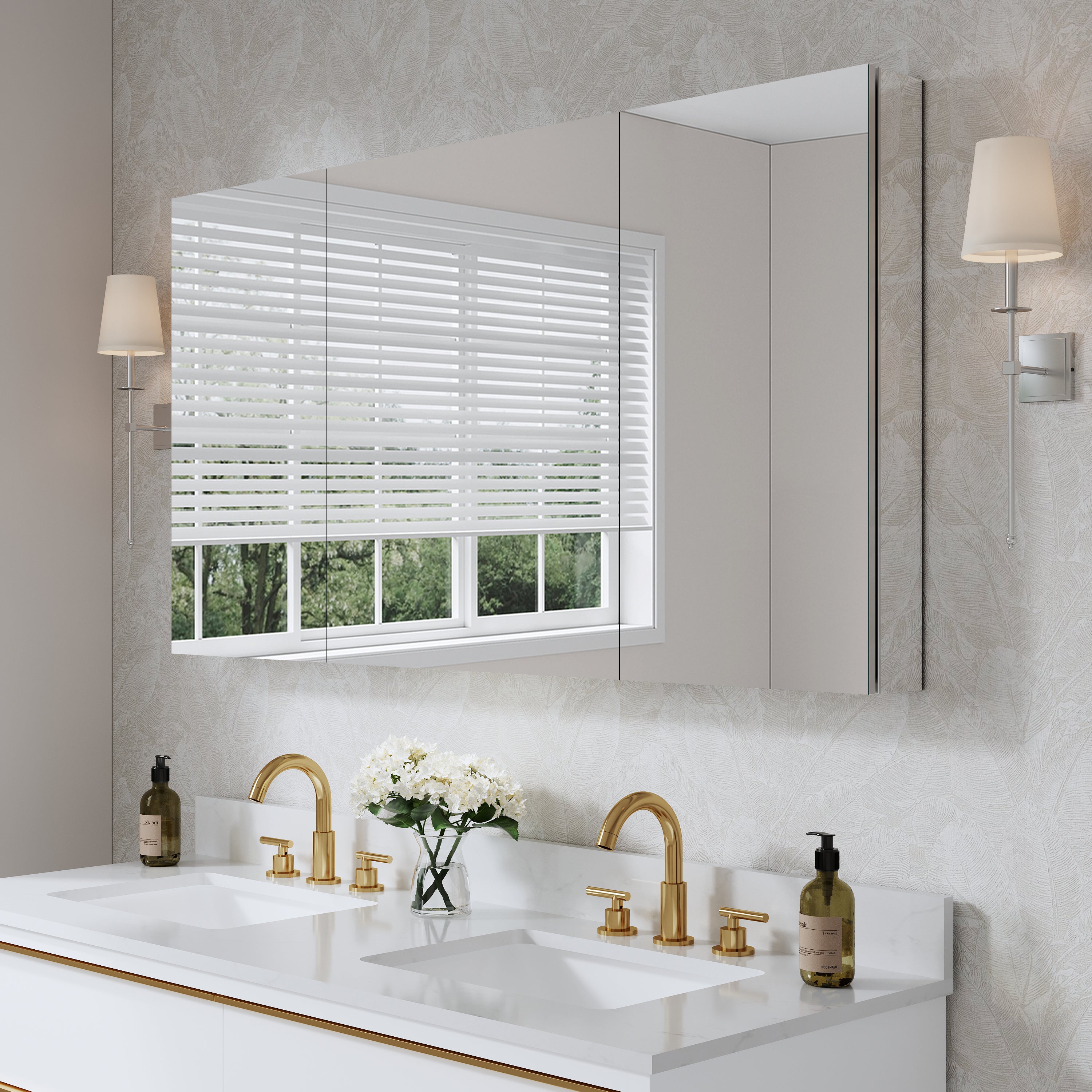



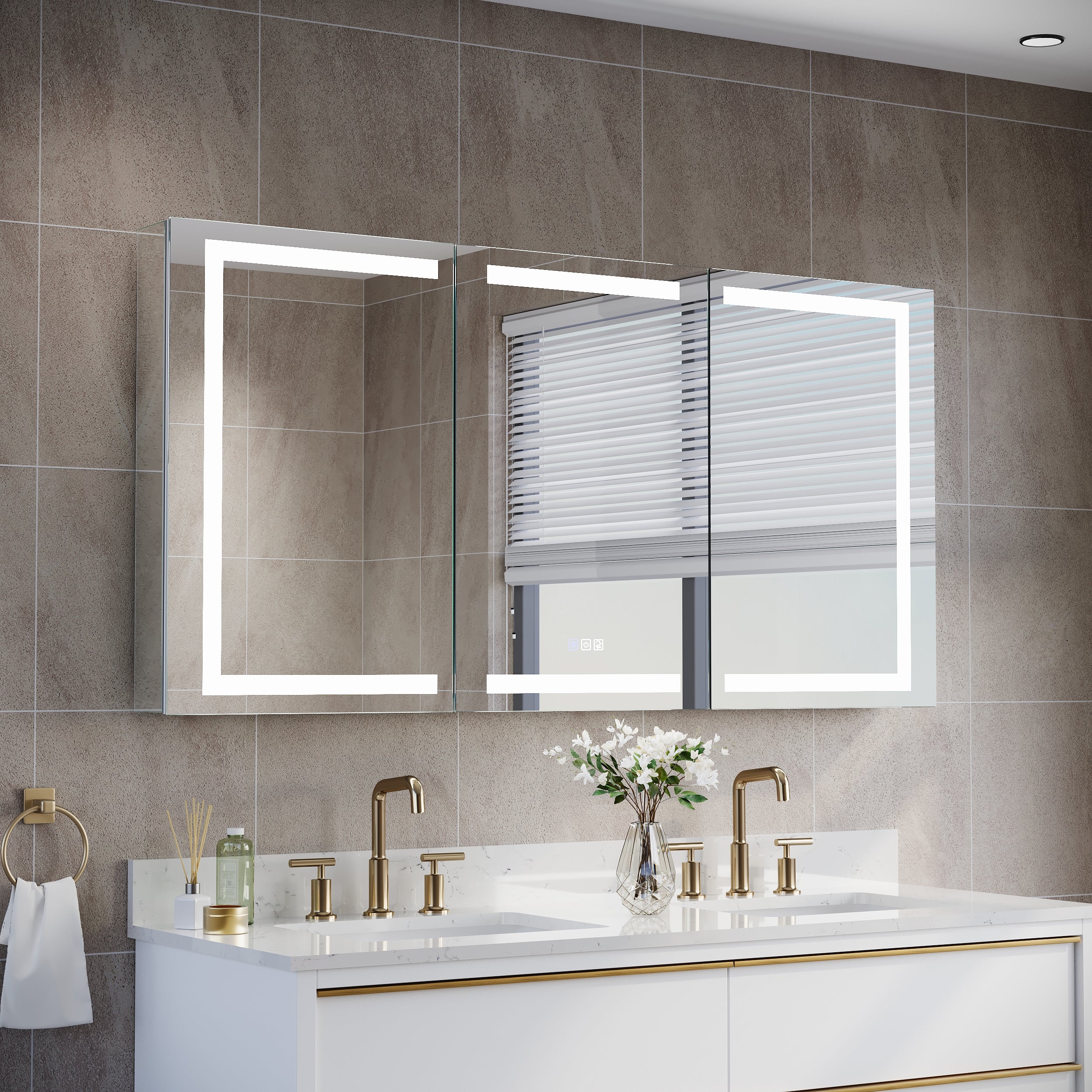



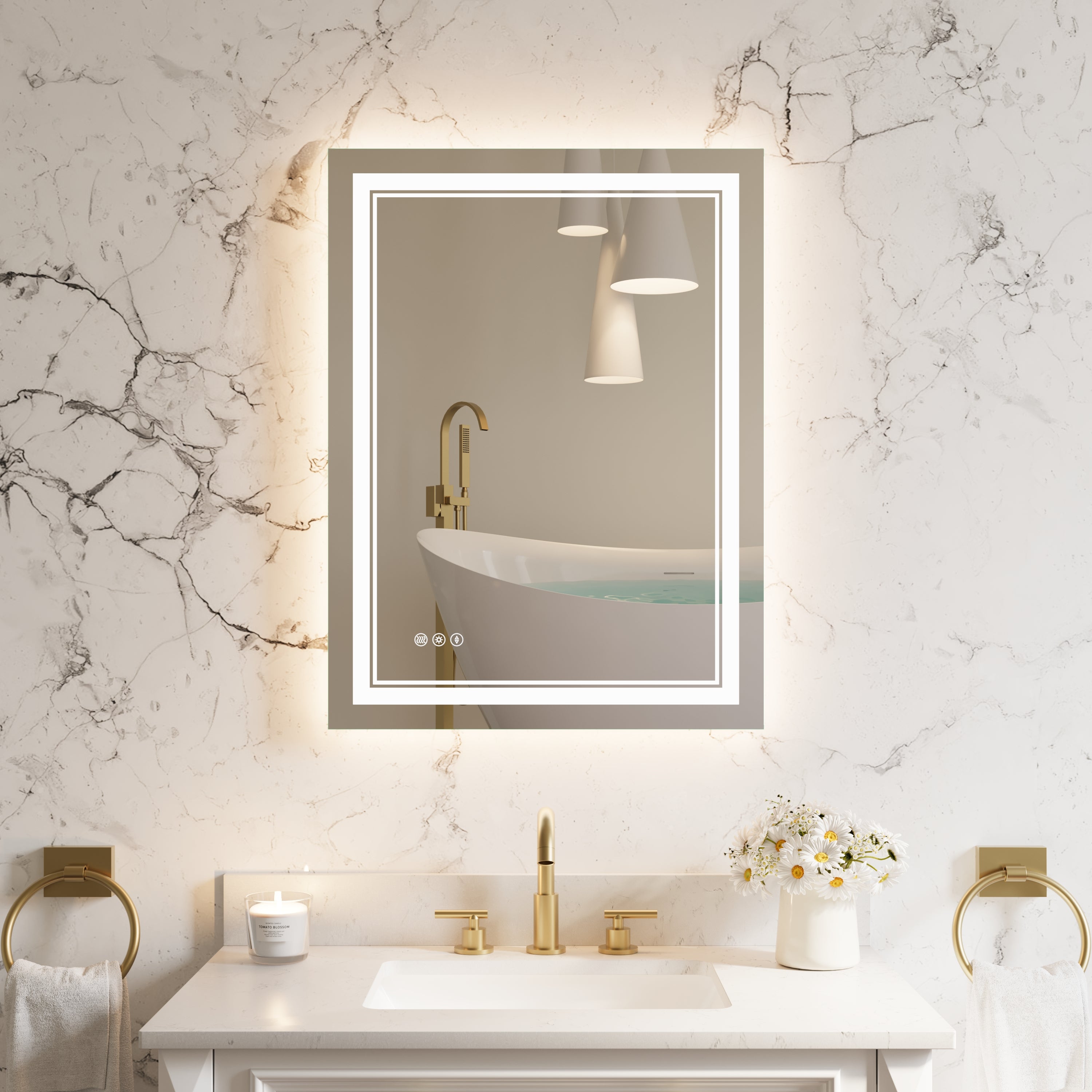








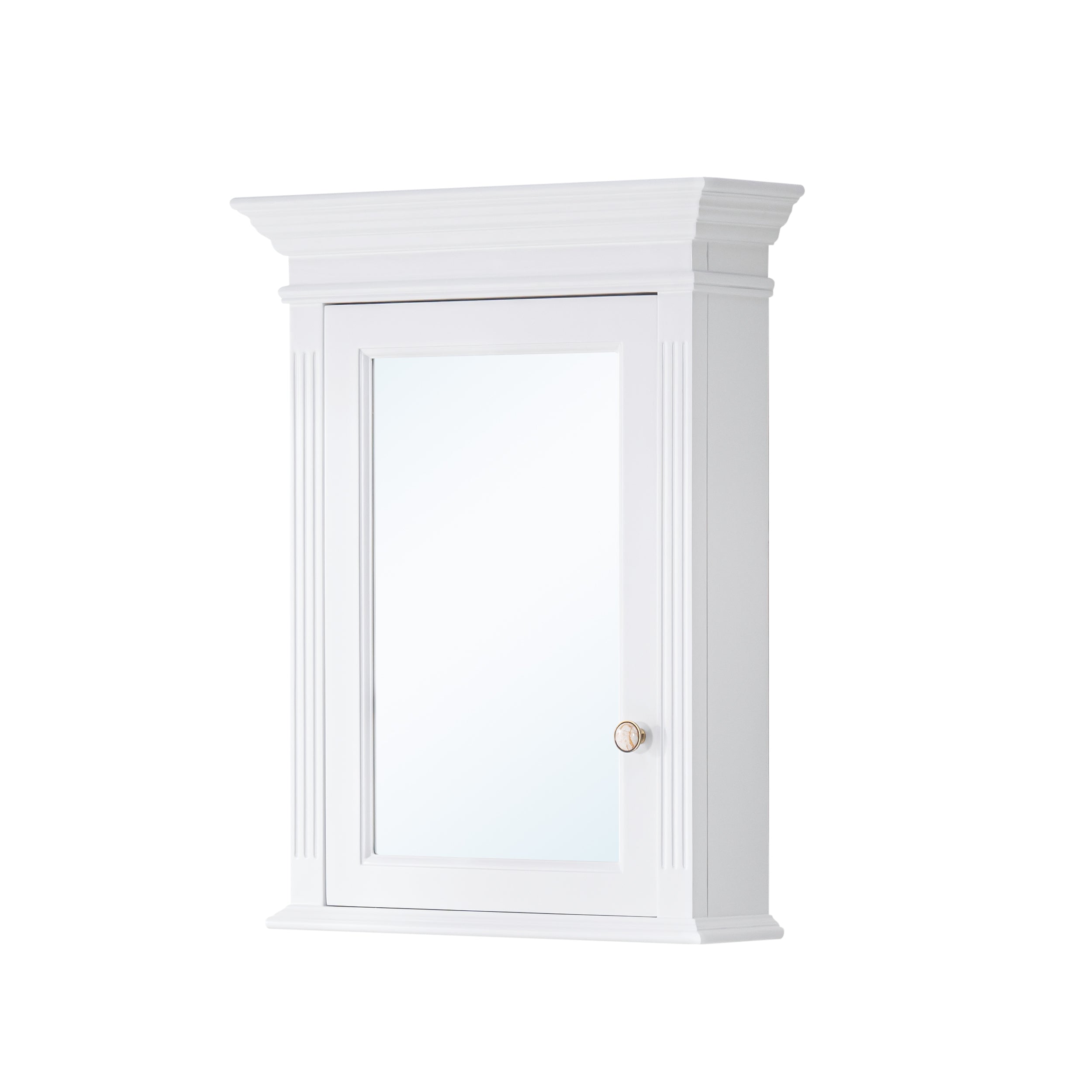
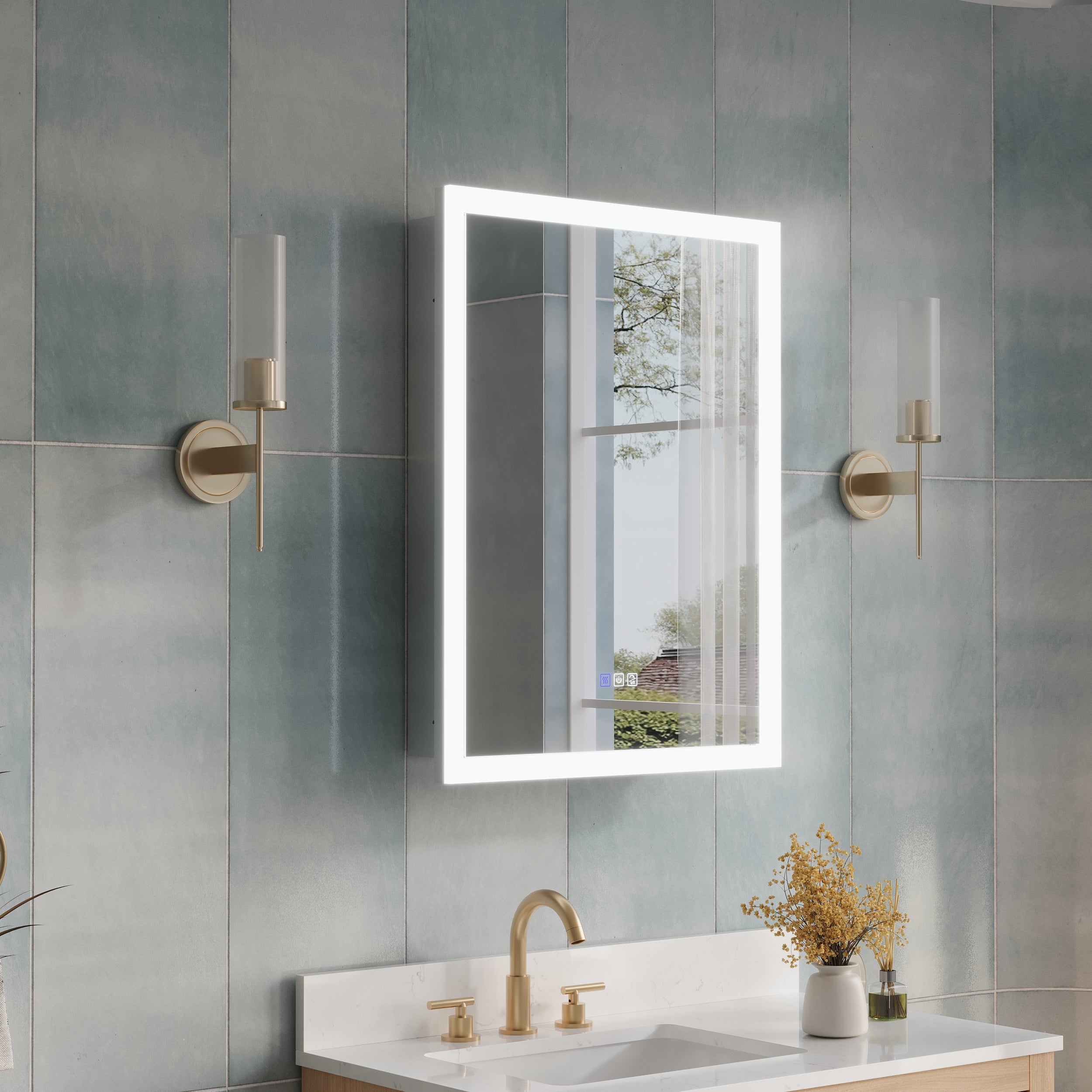
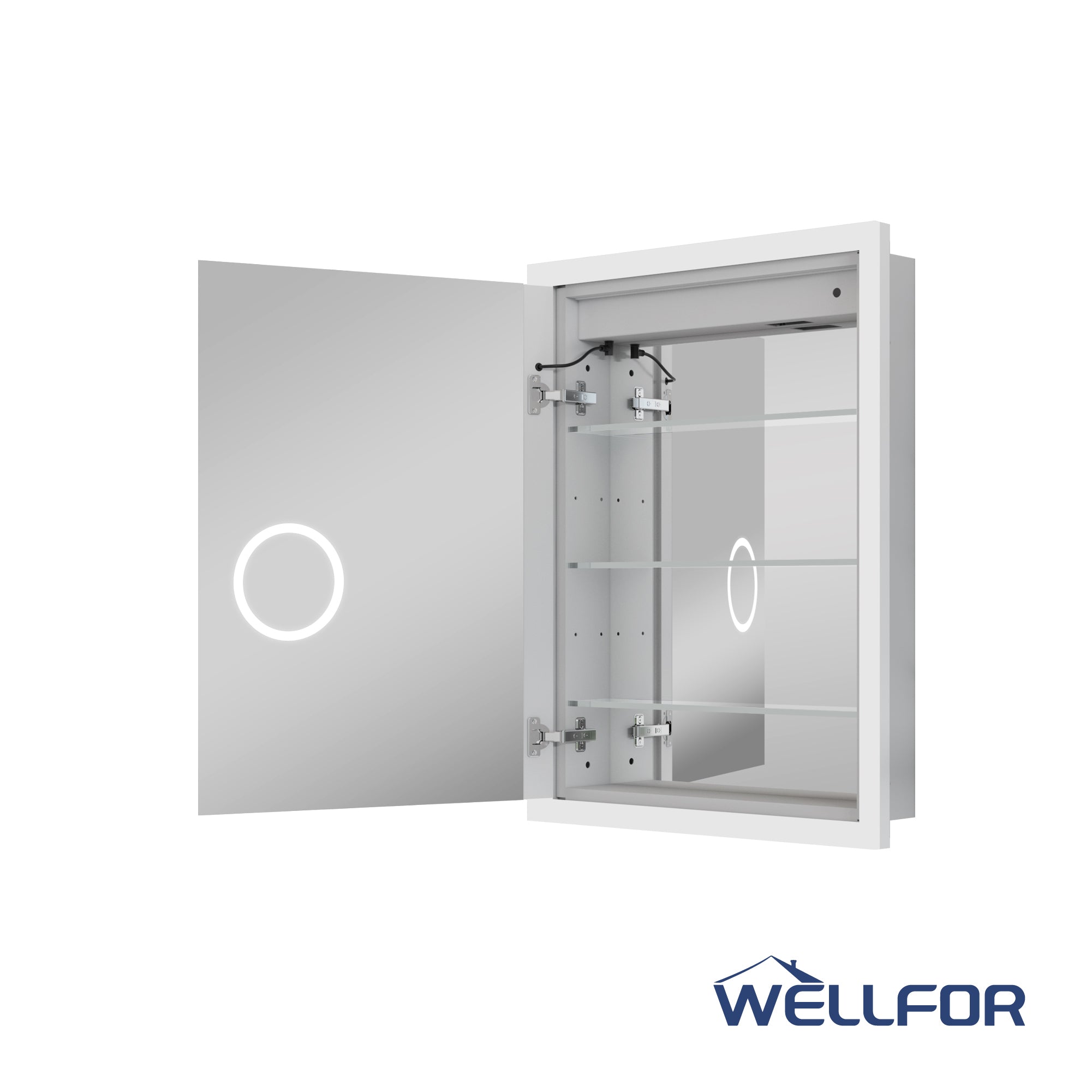
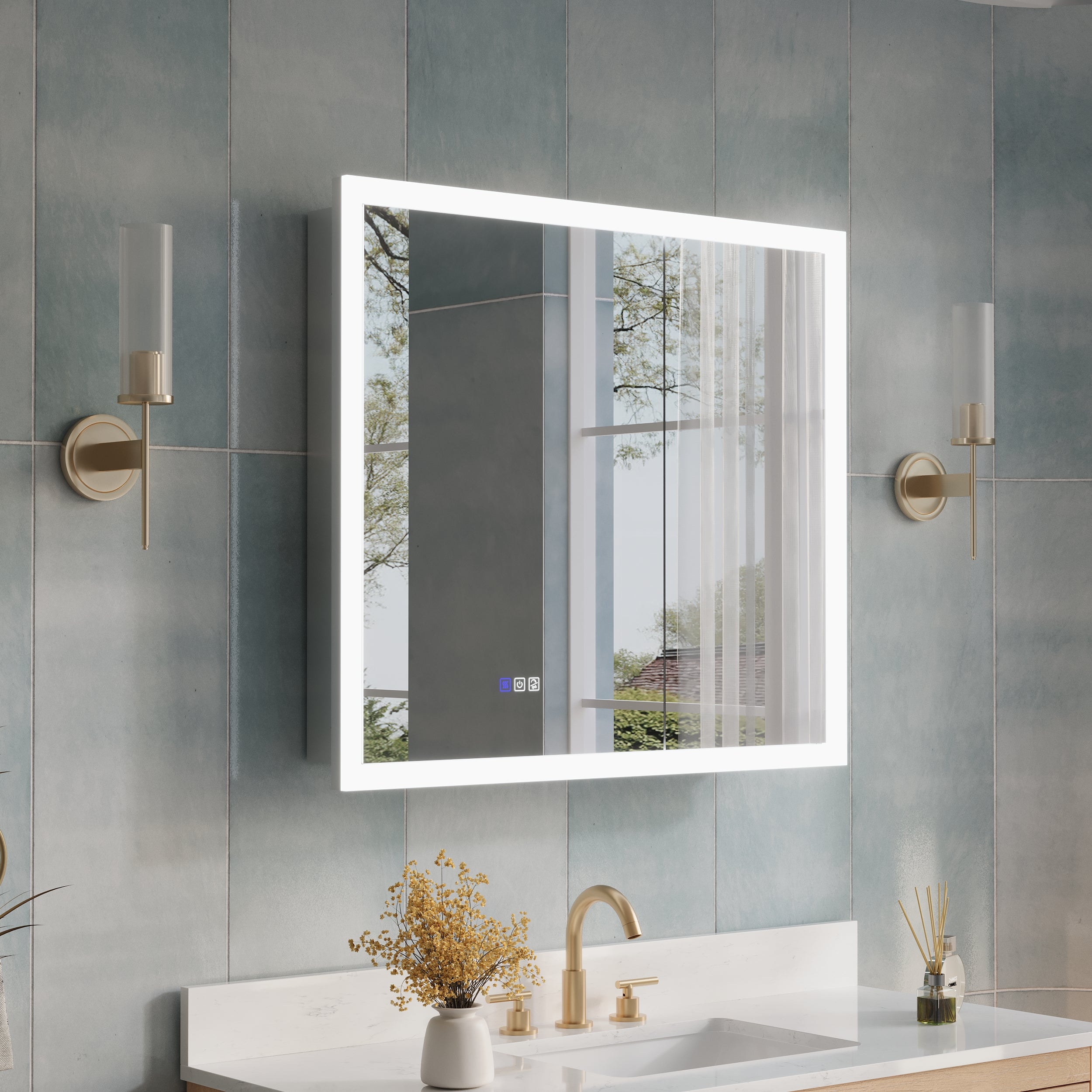
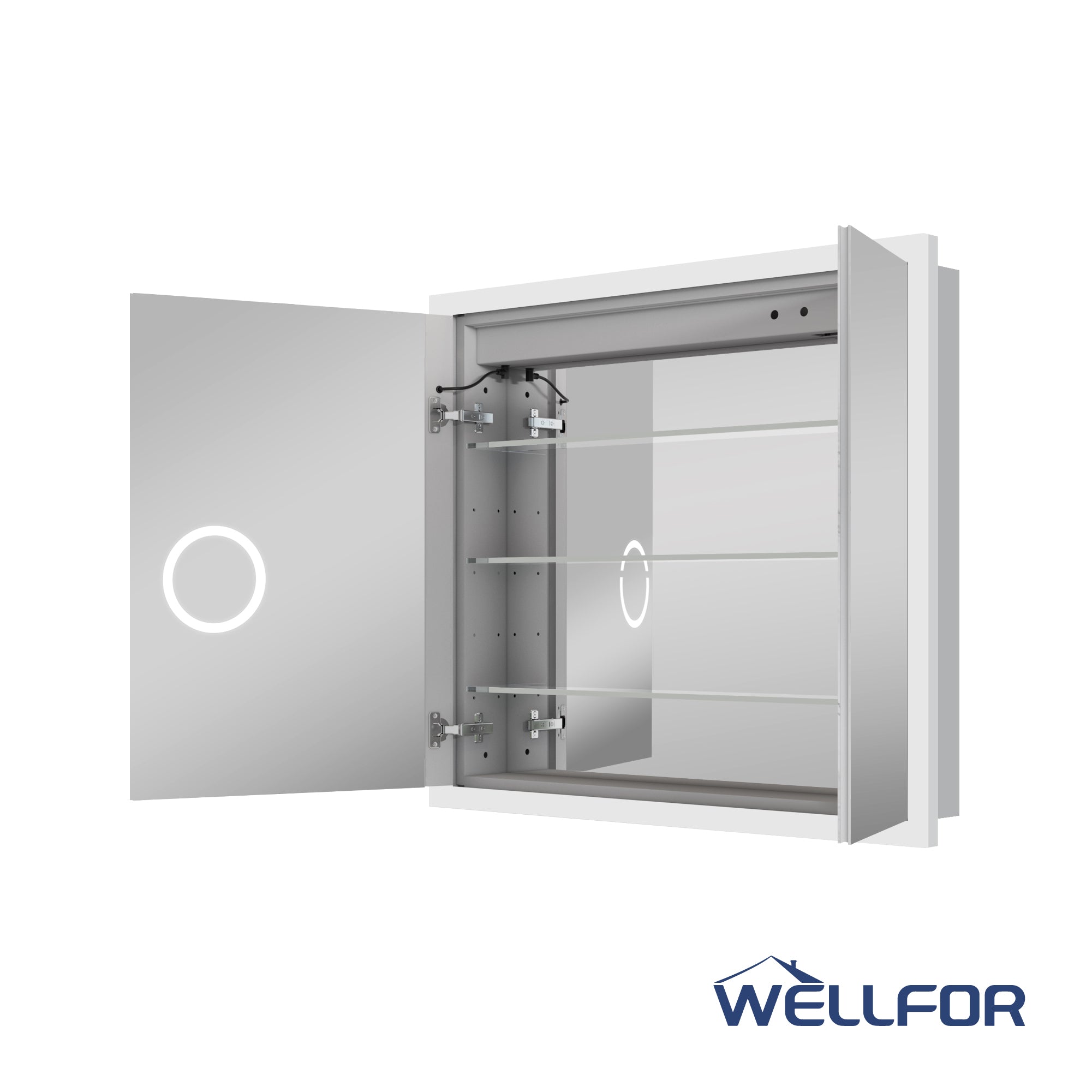


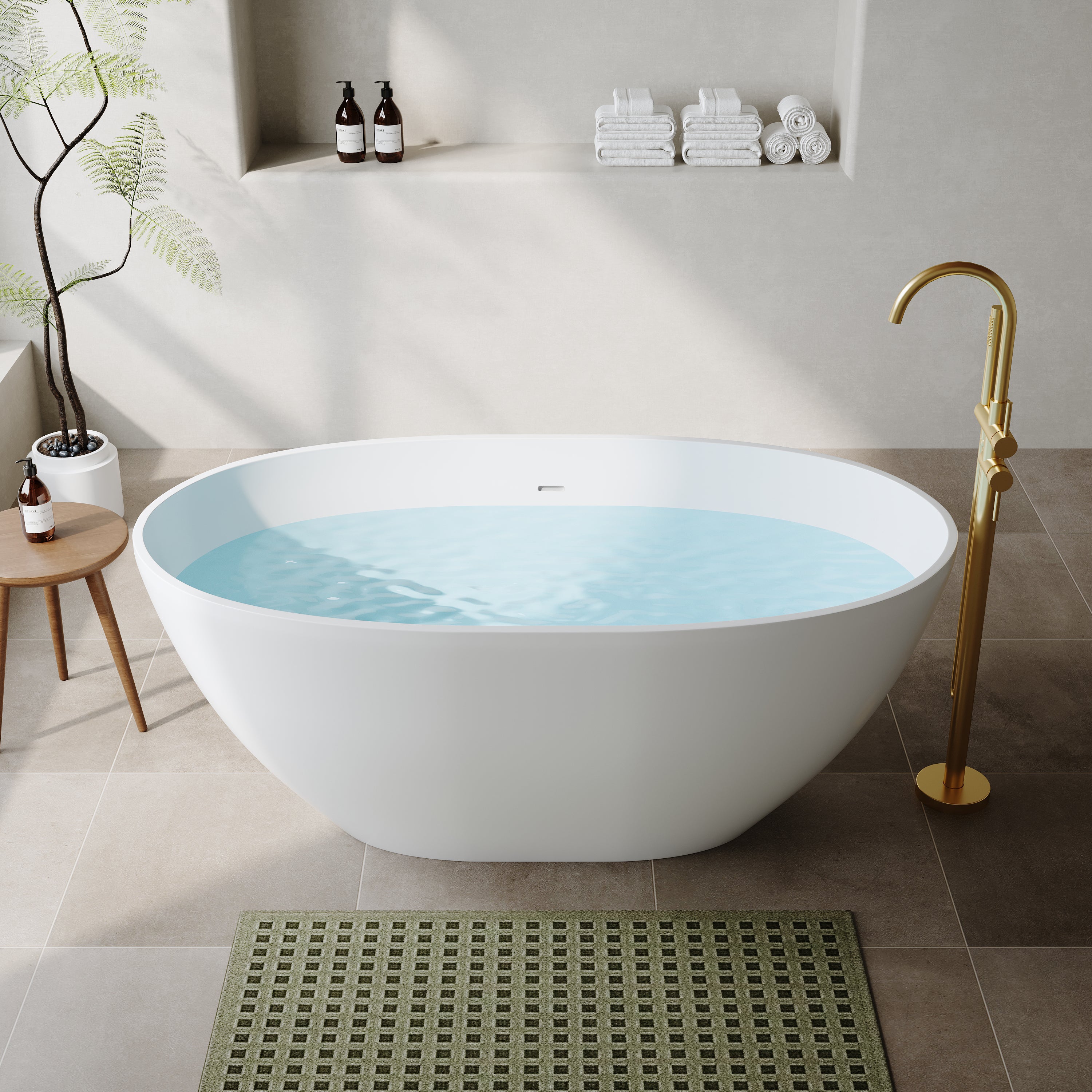


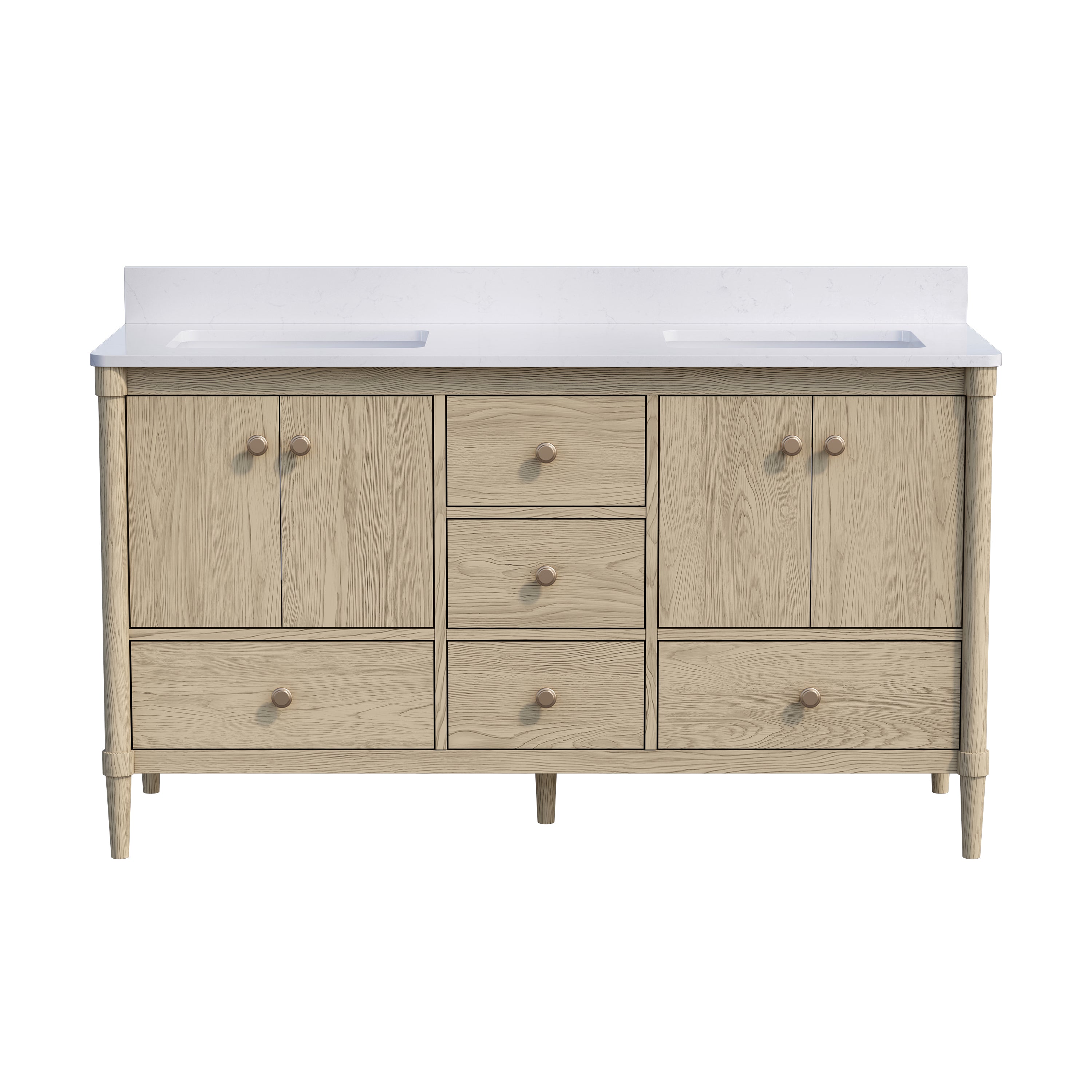
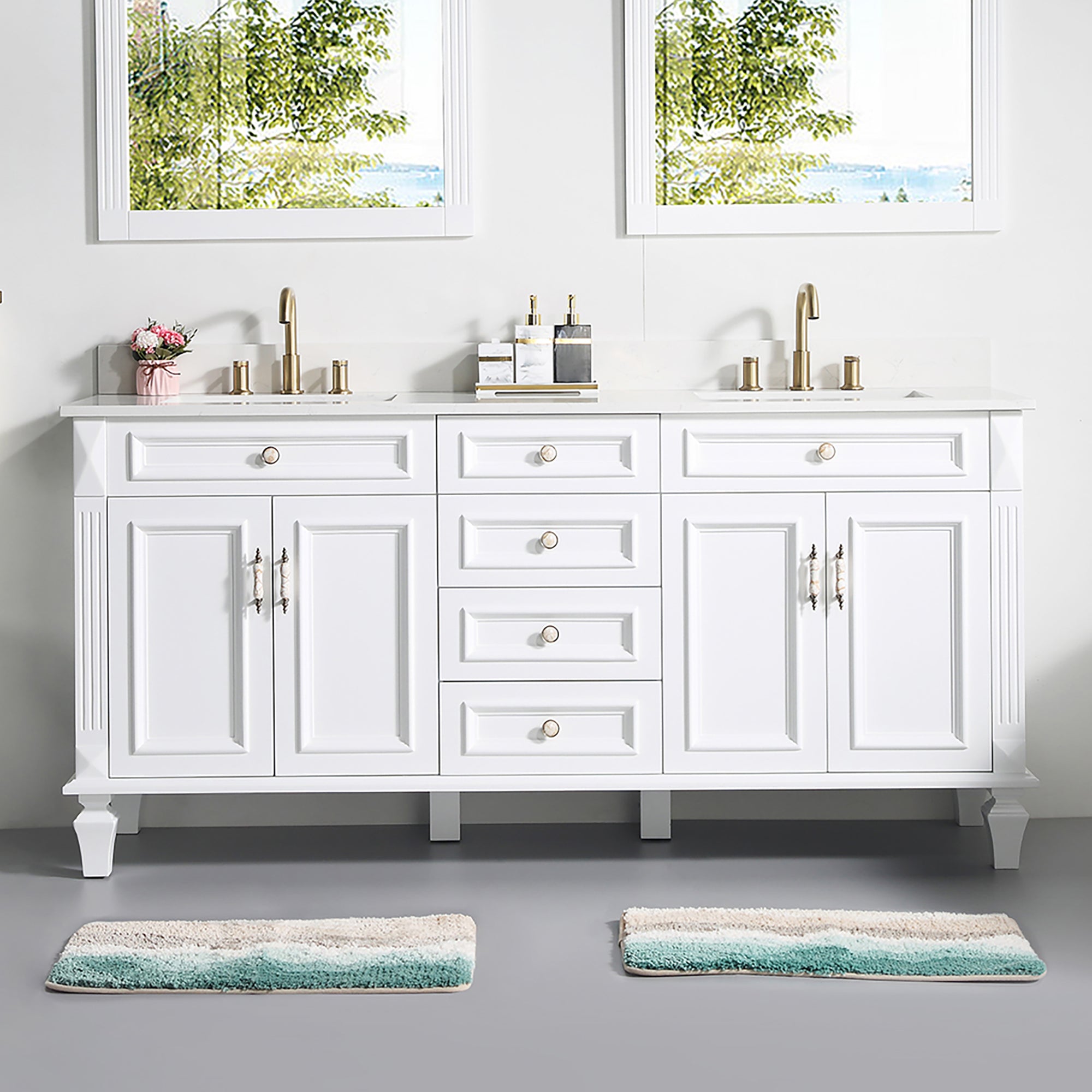
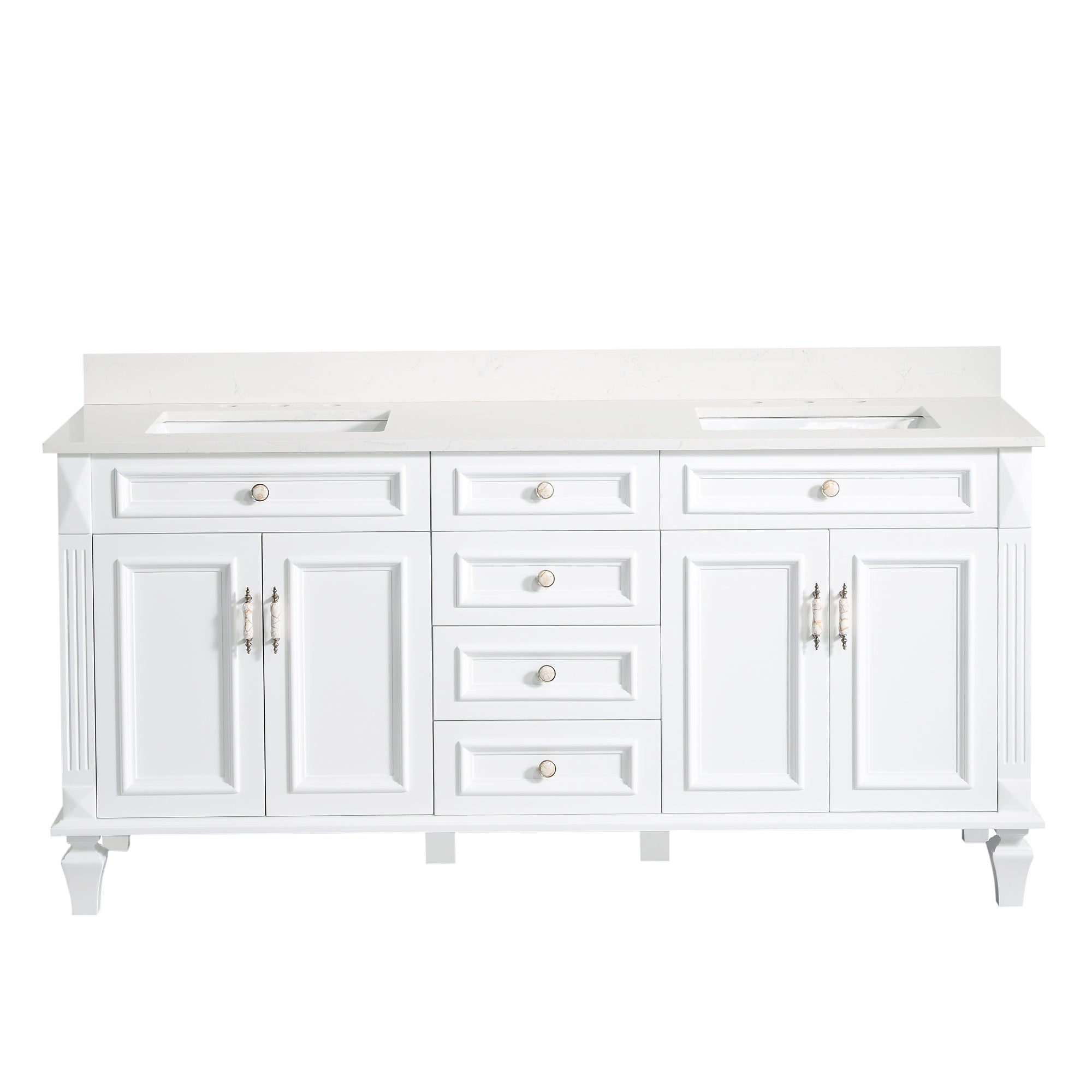
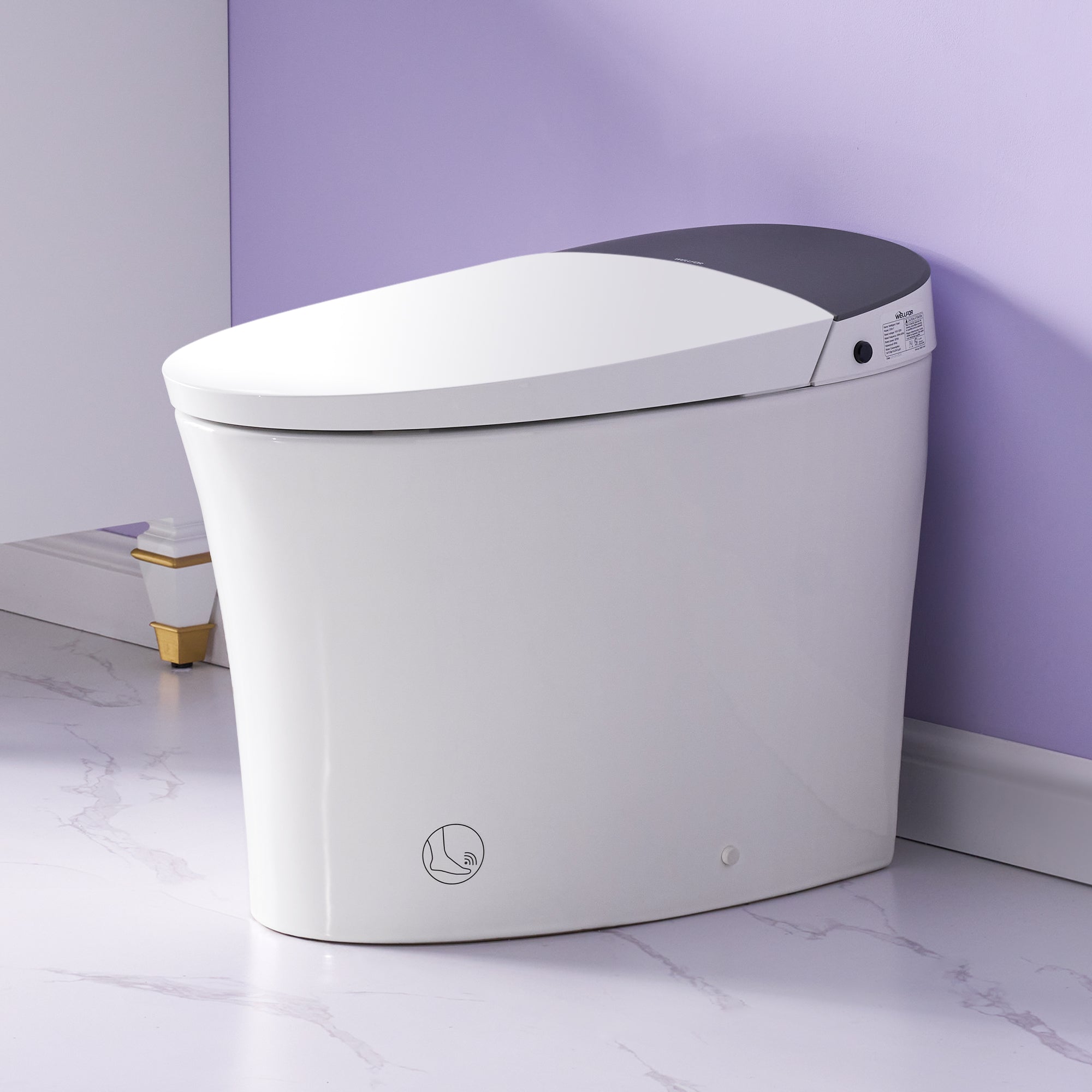
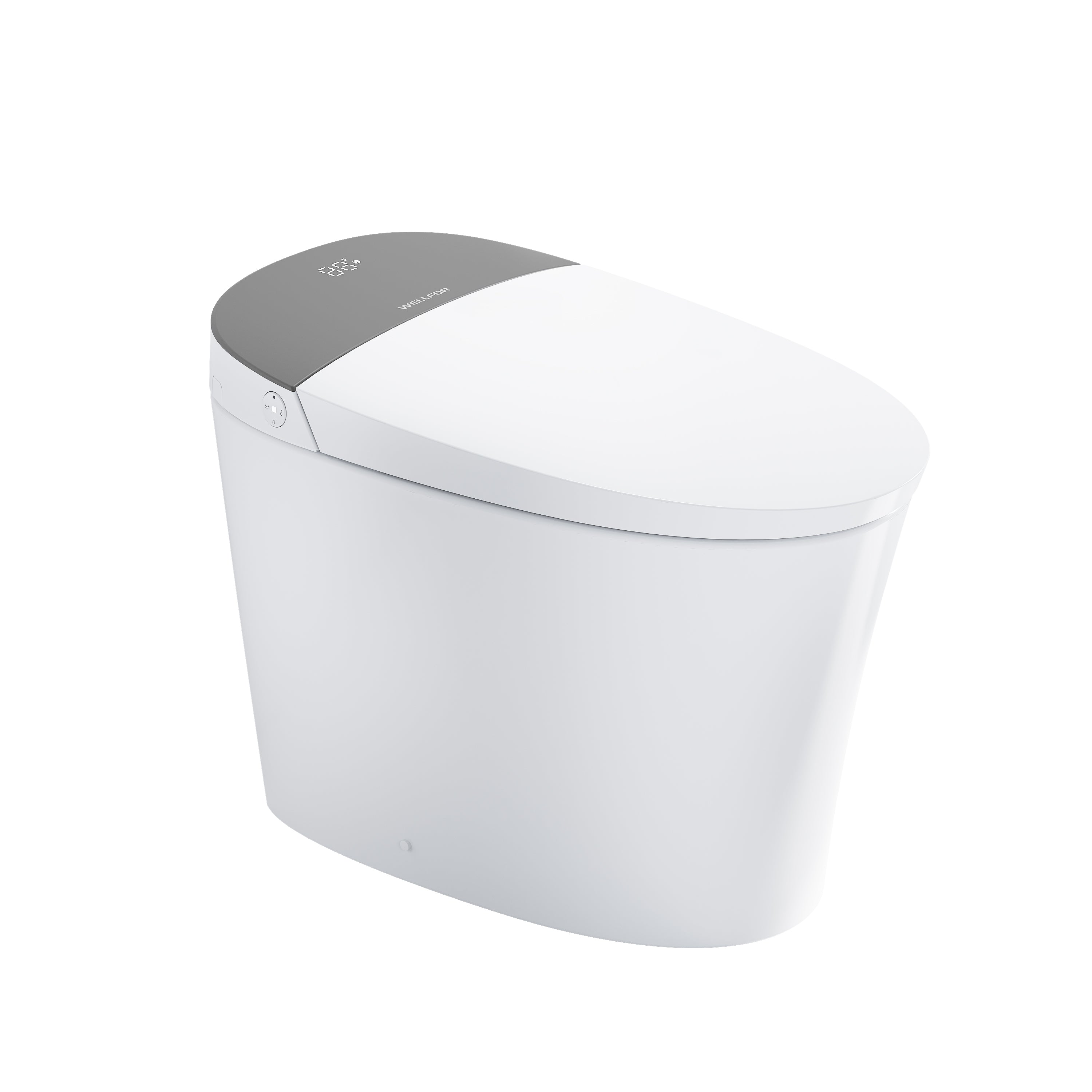

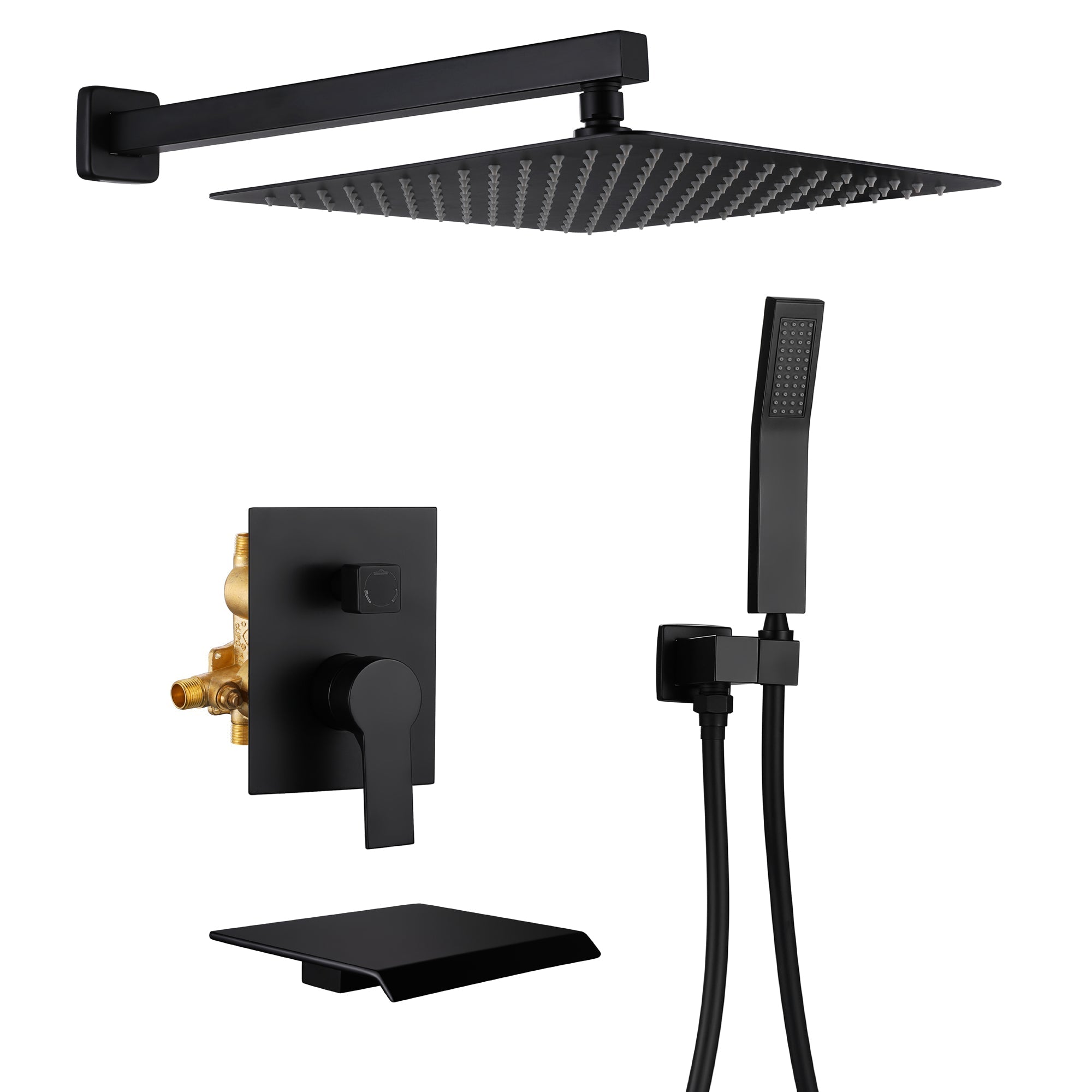
Leave a comment
This site is protected by hCaptcha and the hCaptcha Privacy Policy and Terms of Service apply.